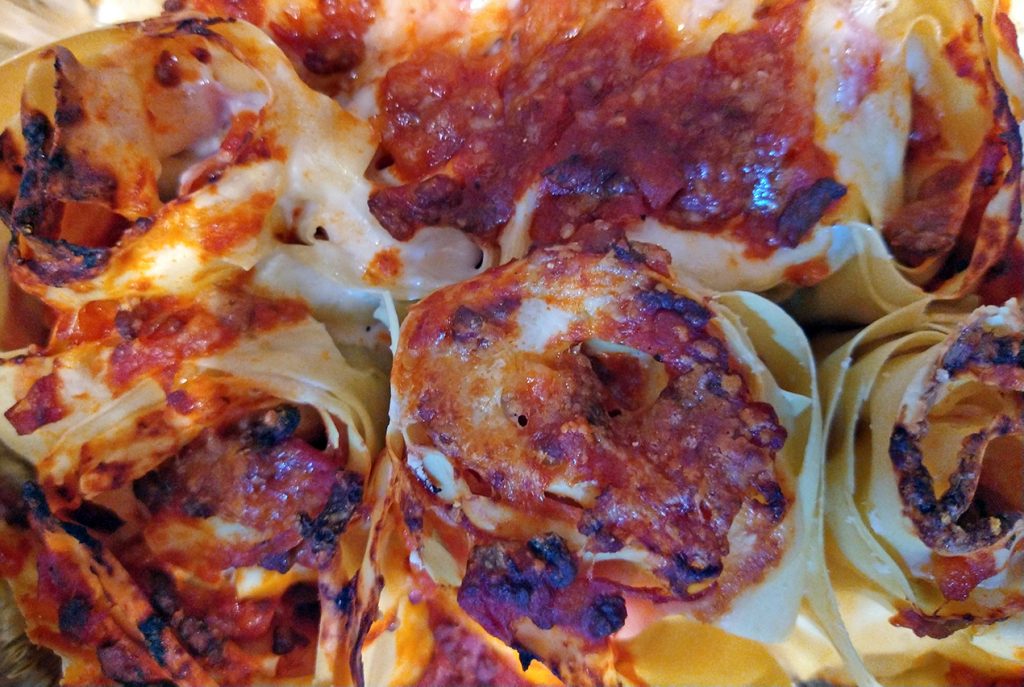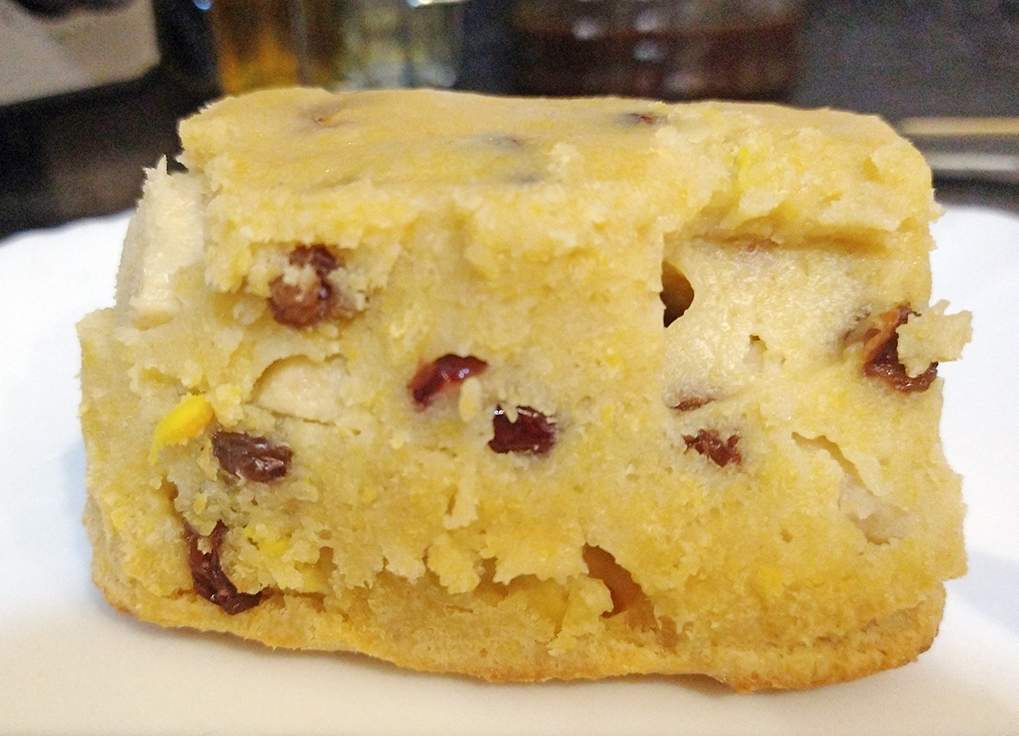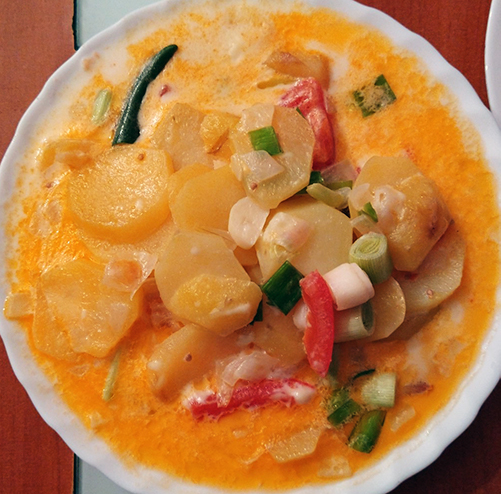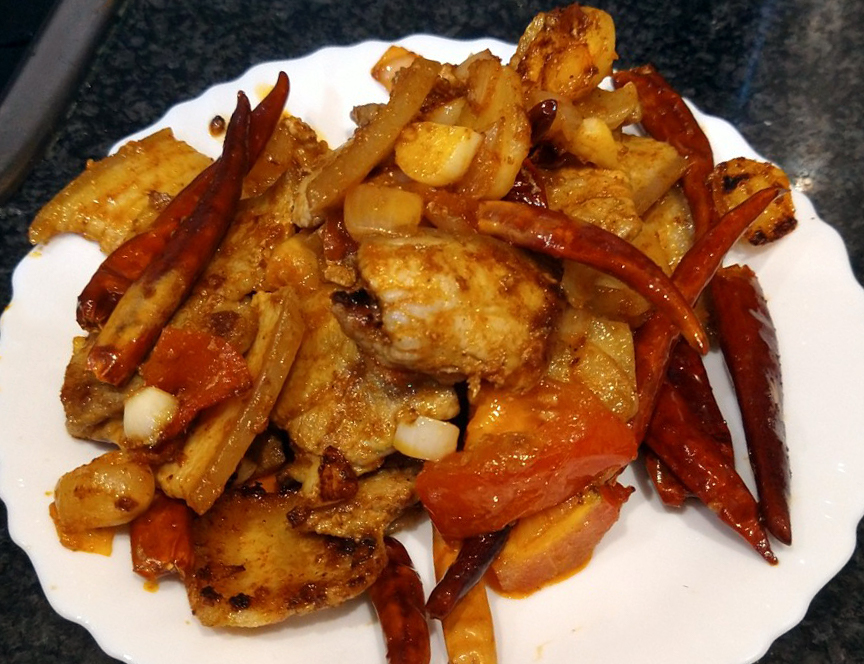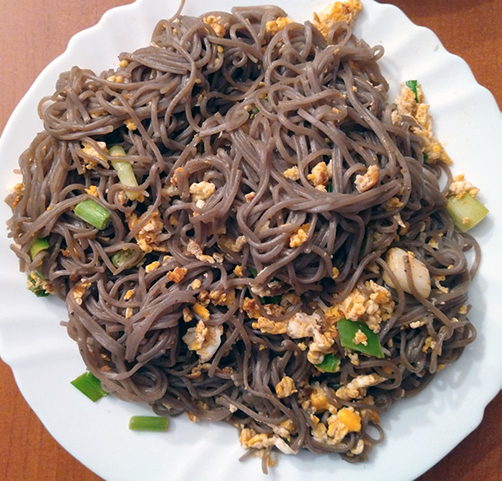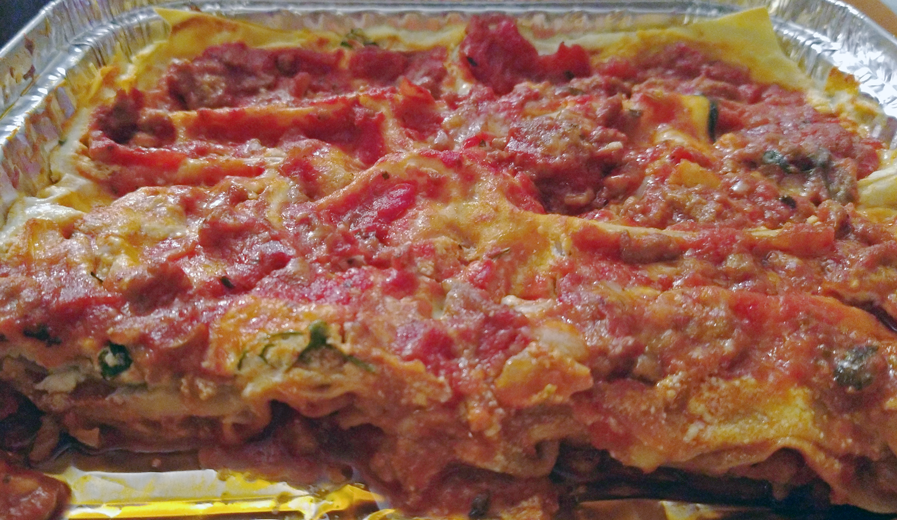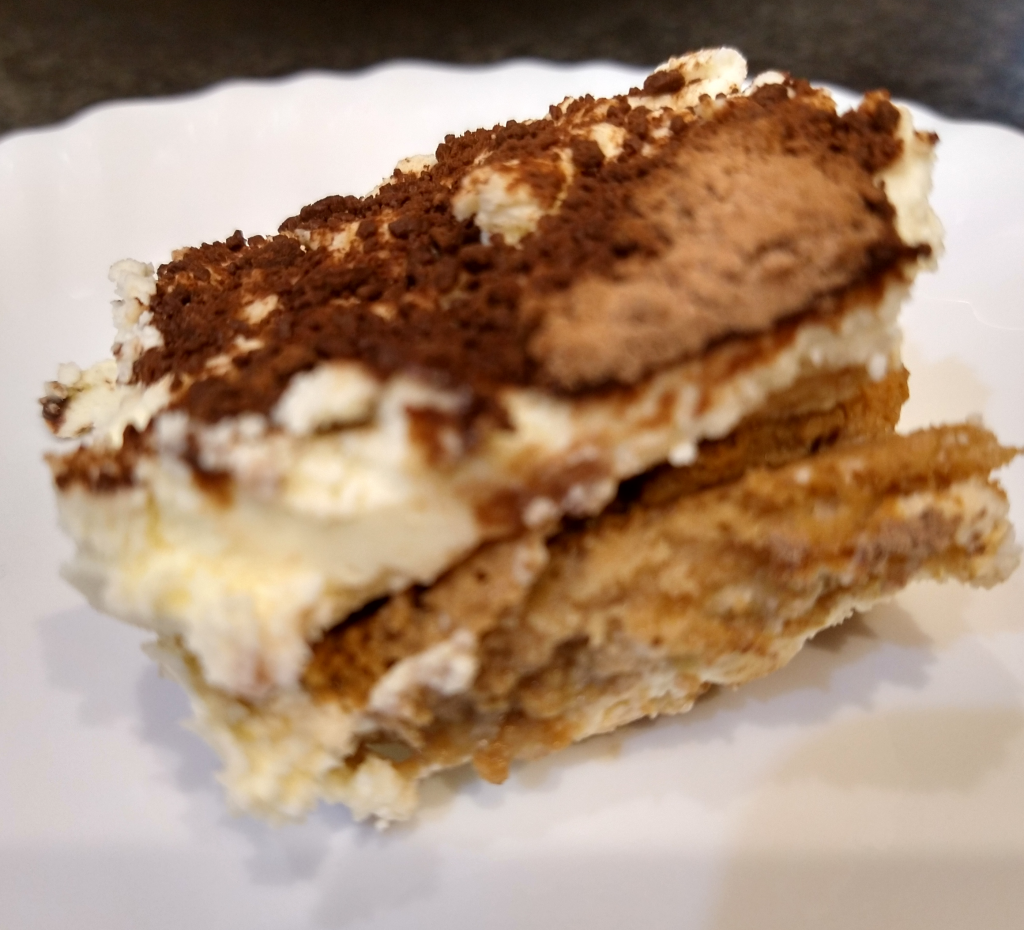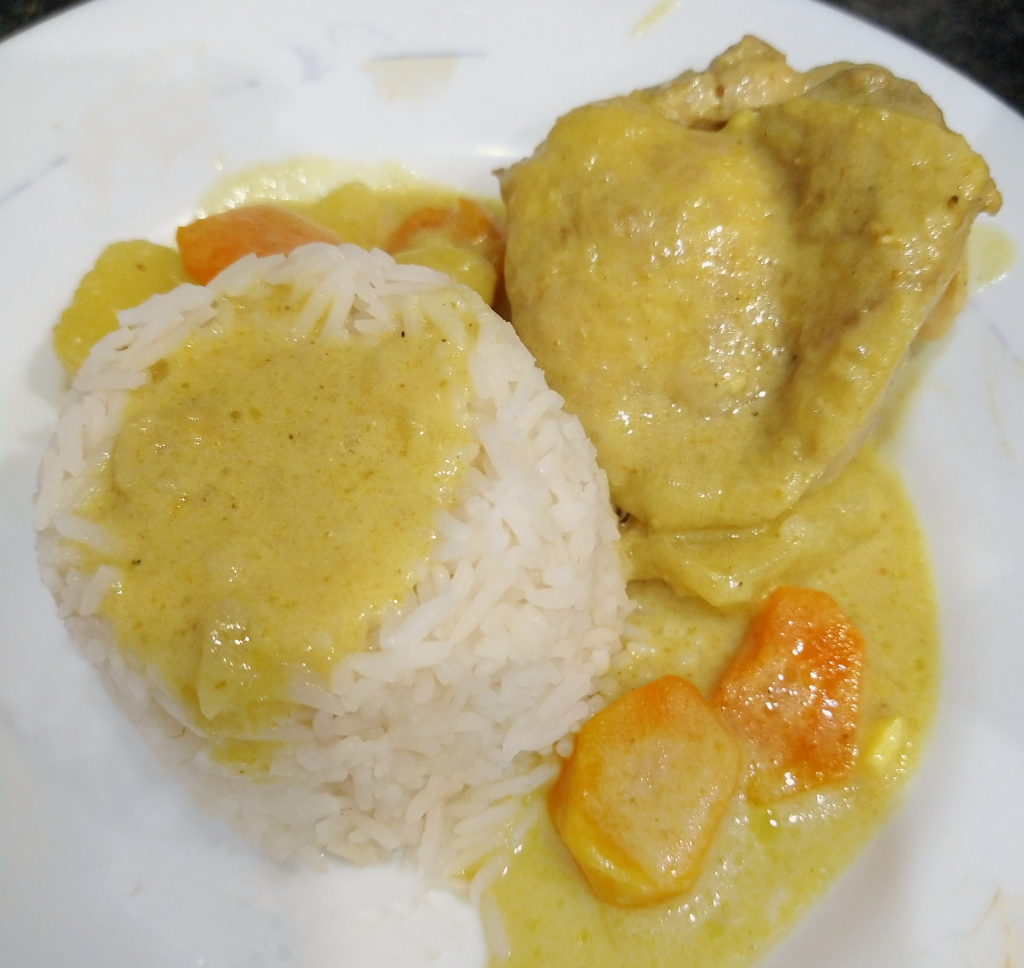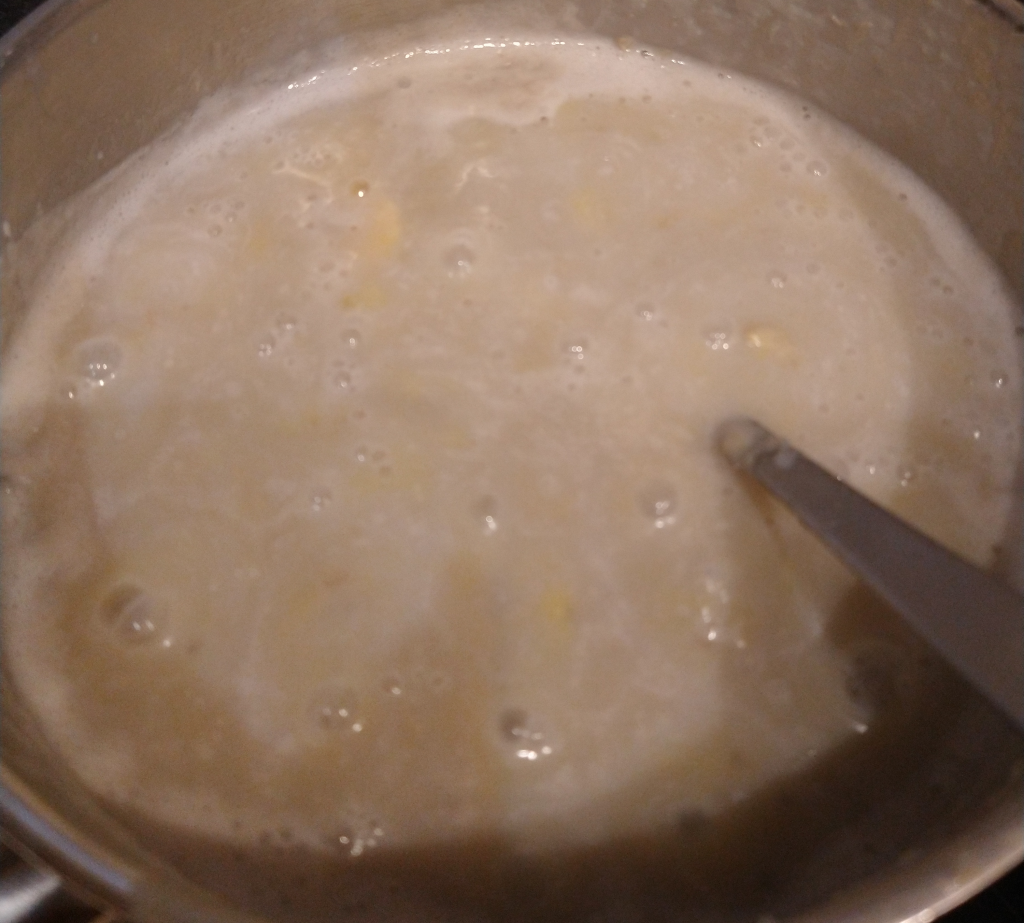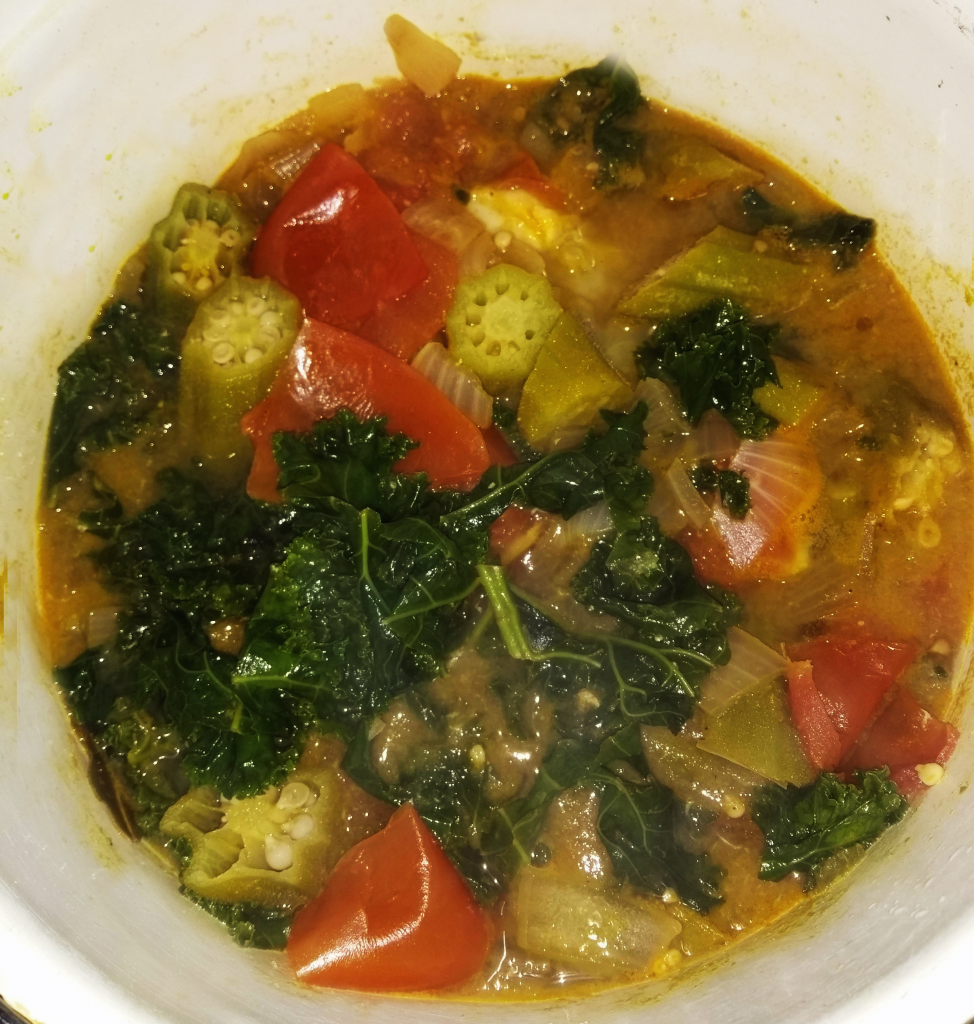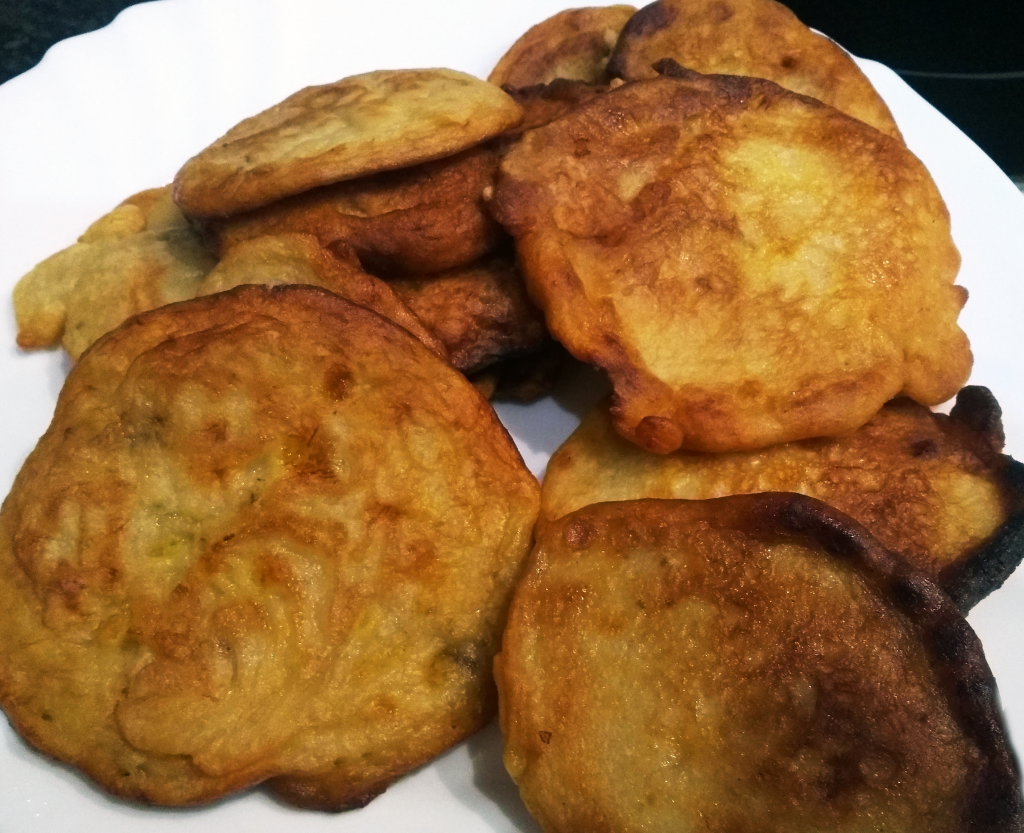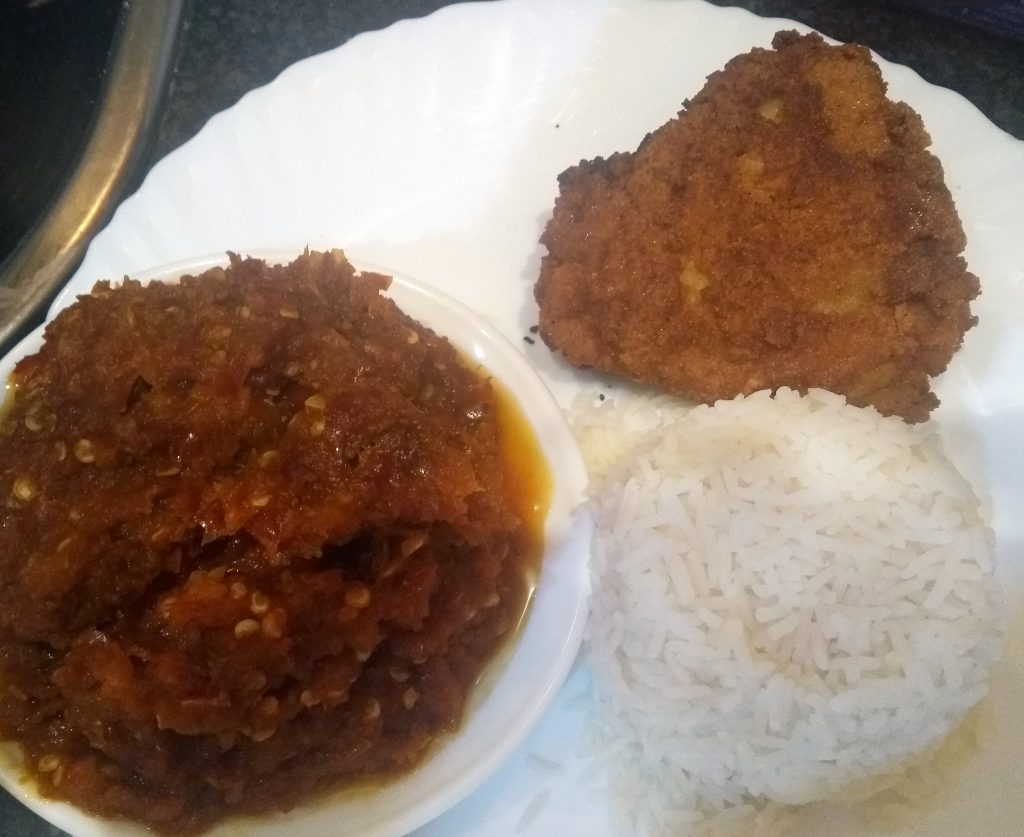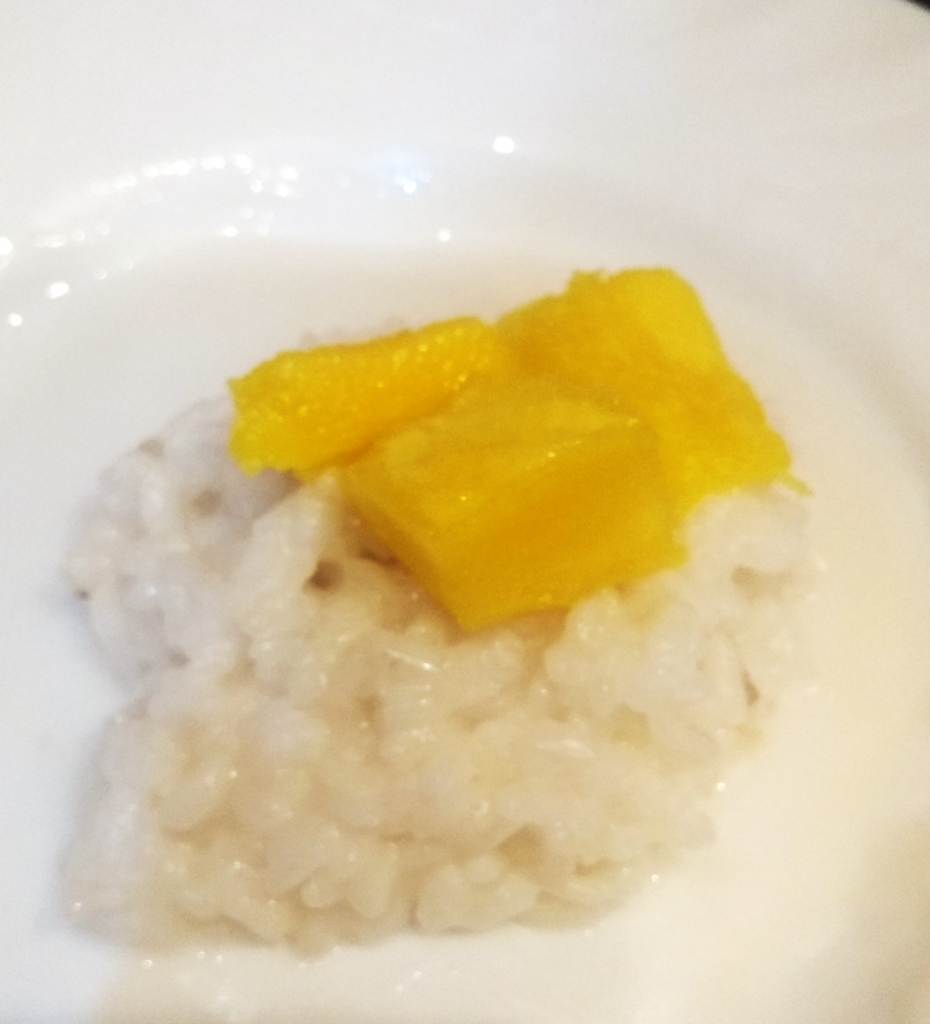Delivering a difference – In Science careers, the author talks about how he transitioned from being a virologist to a mailman. This article really hit me hard as it forced me to reflect on the value I provide to society. Last week, I was arguing with some academic about some ultimately pointless thing. These lines really struck me:
“It’s ironic that although I’m trained as a virologist—surely an essential skill these days—it is in my new role that I am considered an “essential worker.” I certainly hope I’m helping in the fight against COVID-19 by delivering election ballots, medicines, and checks (among the bills, too, of course). Truth be told, I believe I am making a more direct and positive impact on people’s lives now than when I was in science.”
Dennis Macejak
Ig Nobel Prize 2020 – I especially liked the Management prize. It was given to 5 Chinese hitmen who subcontracted the job to each other, with each one taking their cut.
Scientists use big data to sway elections and predict riots — welcome to the 1960s – just when we thought that we are in unprecedented times, historians come to spoil the fun. This article talks about Simulmatics Coporation which was doing what the Russian hackers were supposed to be doing with Facebook as early as the 60s.
What Are the Odds of Finding a COVID-19 Drug from a Lab Repurposing Screen? – drug repurposing has received a lot of hype, especially to quickly find a drug to address COVID 19. Unfortunately, the odds may be stacked against us as commented too by Derek Lowe. This Nature Biotech article also comments on the need for a rigorous process to ensure that we don’t make any mistakes that can destroy the trust in science.
Information Frictions and Entrepreneurship – Something that has been regurgitated in many self-help books is that A-students typically end up working for C-students. There seems to be some truth to it in this article where they show that entrepreneurs are typically smarter than employees but employees are better educated.
A Text-Based Analysis of Corporate Innovation – they used Latent Dirichlet Allocation (LDA) to analyze a large corpus of analyst reports. I toyed with this method too during my PhD to map the pharmaceutical industry. NLP is something that I am not surprised to see being used more in the management sciences.
The strategic use of artificial intelligence in the digital era: Systematic literature review and future research directions – A great review on the role of AI in businesses. They talk about how AI can support four areas: decision making, customer and employee engagement, automation and new product development.
EU 2020 Strategic Foresight Report – a report containing colorful figures about how the EU can secure various materials that are important for its supply chain


